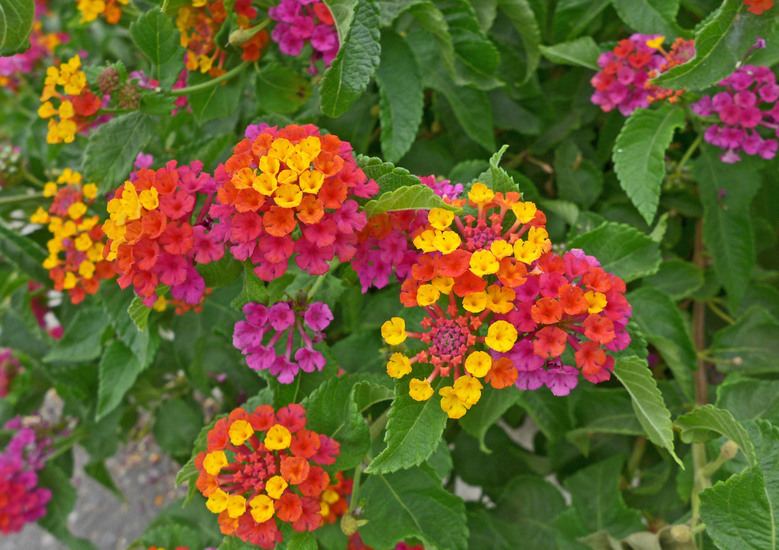Created on: Wednesday, Jun 1st, 2016
GBIF: http://www.gbif.org/species/2925303
CABI datasheet: http://www.cabi.org/isc/datasheet/29771
Queensland: http://keyserver.lucidcentral.org/weeds/data/media/Html/lantana_camara.htm
Queensland Fact Sheet: https://www.daf.qld.gov.au/__data/assets/pdf_file/0009/62010/IPA-Lantana...
PIER: http://www.hear.org/pier/species/lantana_camara.htm
Sunset Western Garden Book
Reviewed by Ron Vanderhoff, Naomi Fraga and Gina Darin.
Comment from Ron Vanderhoff on L. camara invasiveness in California: it should be noted that in California I cannot find any specific evidence of documented invasive behavior for this species. I carefully reviewed all 40 Calflora records (which includes all georeferenced CCH records). I read the individual location descriptions and the comments for each record and viewed an aerial map (where the location accuracy is high). In summary, there is no record that appears to indicate invasiveness. The majority of the records reference individual plants, mention roadsides or disturbed areas or mention landscaping. This does not discount any of the scores contained in this review and does not discount invasiveness in other areas of the world. In conclusion, it does not appear that this species is (yet) exhibiting invasiveness in California.
- < 13 : accept (low risk of invasiveness)
- 13 - 15 : evaluate further
- > 15 : reject (high risk of invasiveness)

